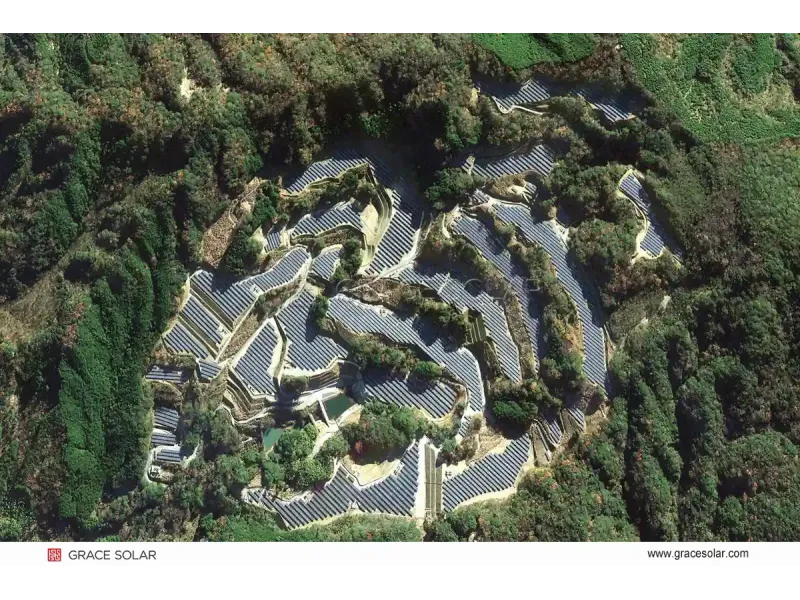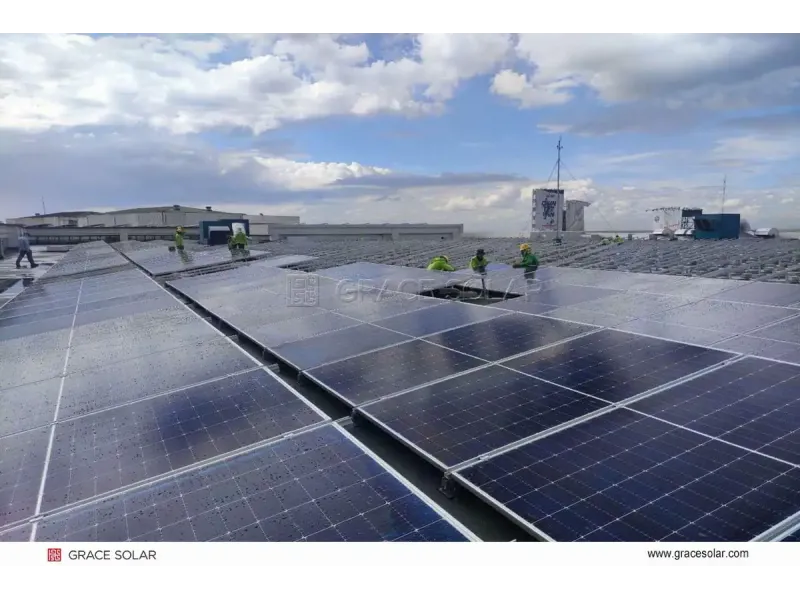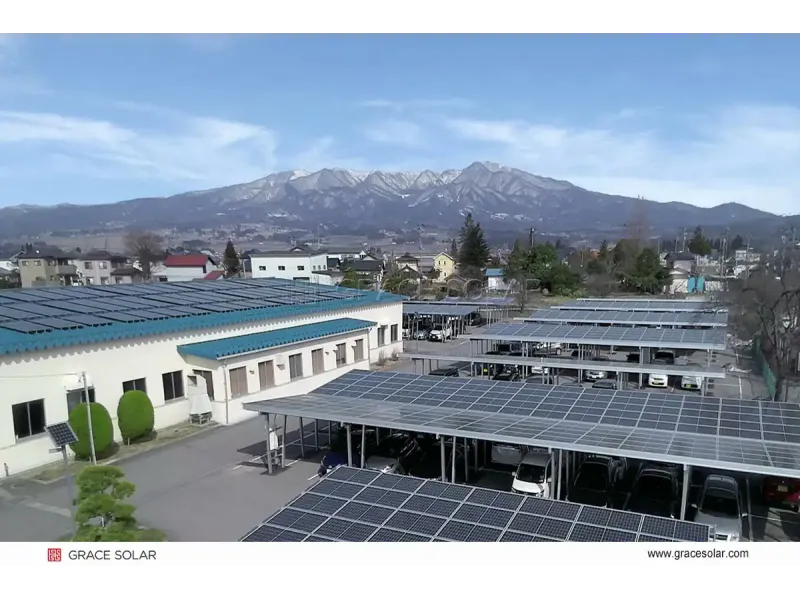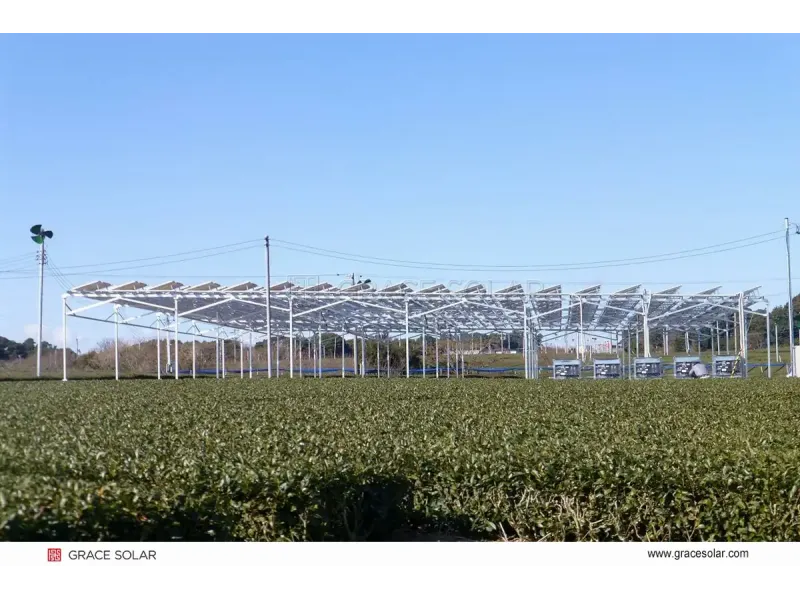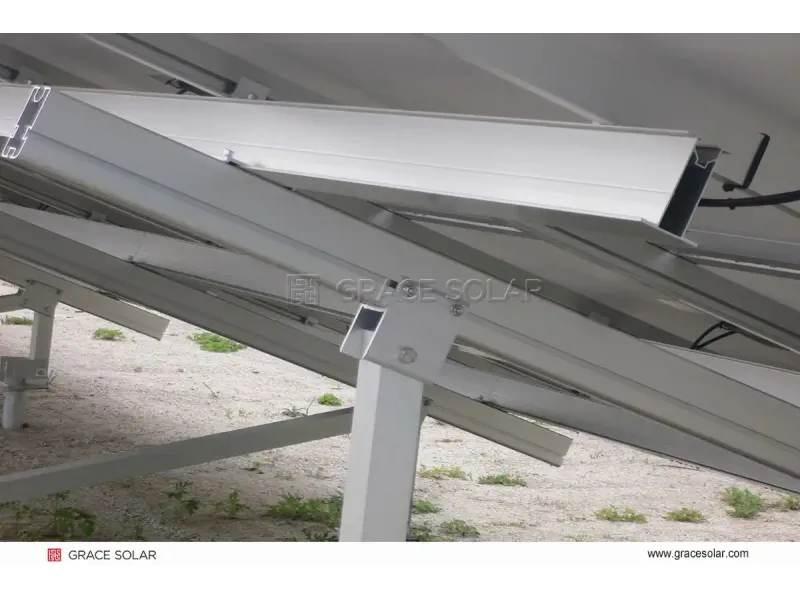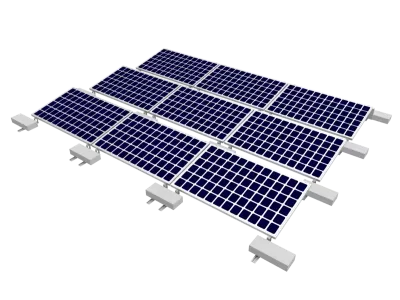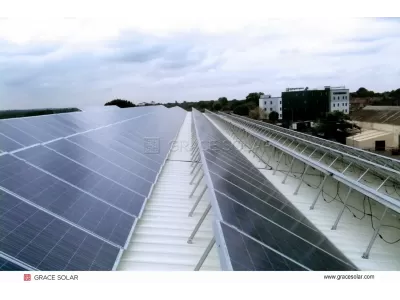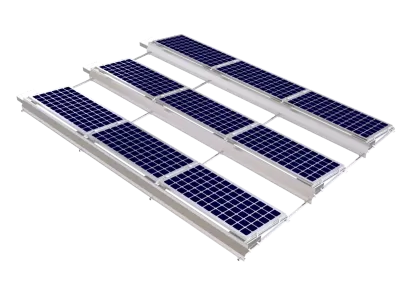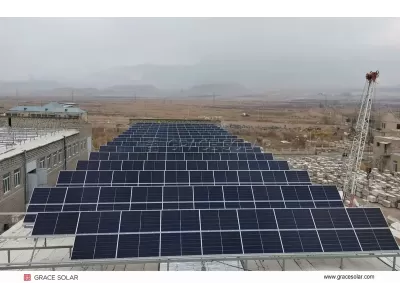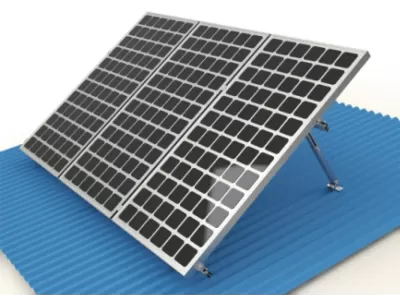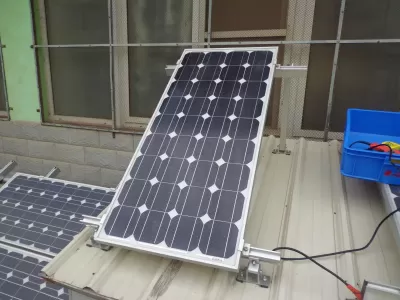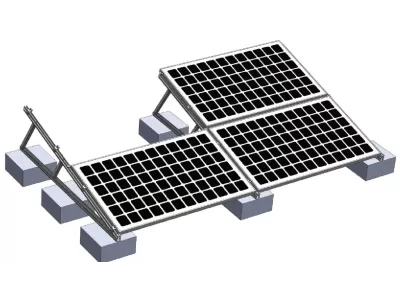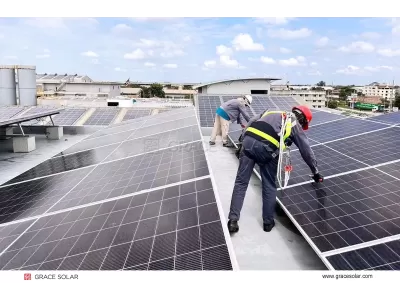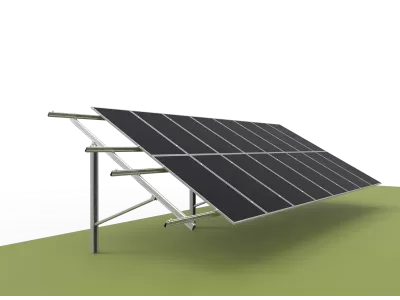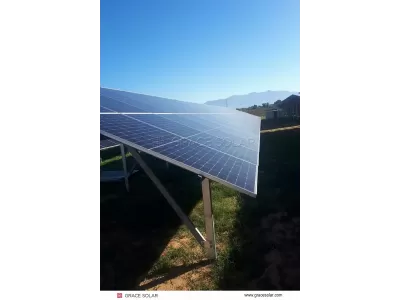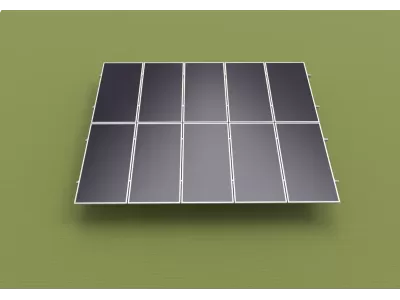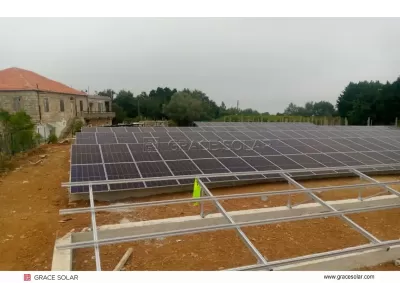Table of Contents
What is an Automatic Solar Tracker?
An automatic solar tracker is an advanced mechanical device that continuously adjusts the position of solar panels to maintain optimal alignment with the sun throughout the day. Unlike fixed solar mounting systems that remain stationary, solar trackers dynamically orient photovoltaic panels to follow the sun's path across the sky, maximizing energy capture and significantly increasing electricity generation efficiency.
These intelligent systems represent a crucial innovation in solar technology, particularly valuable for utility-scale solar farms and commercial installations where maximizing energy output per panel is essential for project economics. Modern automatic trackers can increase energy production by 25-45% compared to fixed-tilt systems, making them a strategic investment for solar project developers worldwide.
The Evolution of Solar Tracking Technology
Solar tracking technology has evolved significantly from basic manual adjustments to sophisticated automated systems. Early solar installations required periodic manual repositioning, but today's automatic trackers utilize advanced sensors, GPS technology, and artificial intelligence to achieve precision tracking with minimal human intervention.
How Automatic Solar Trackers Work
Automatic solar trackers operate through a sophisticated combination of sensing, processing, and actuation components that work in harmony to maintain optimal panel orientation. The core system typically includes:
Key Components and Operation
Light Sensors & GPS Systems: Most modern trackers use photoresistors (LDRs) or silicon photodiodes to detect sunlight intensity and direction. Advanced systems combine light sensors with GPS data and astronomical algorithms to predict the sun's position based on date, time, and geographic coordinates.
Control Unit (PLC): The programmable logic controller processes sensor data and calculates the optimal panel position. This brain of the system makes real-time decisions about when and how much to adjust the panel orientation.
Actuation Mechanism: Electric motors, hydraulic cylinders, or slewing drives physically move the solar panel structure. The choice of actuation depends on the tracker size, weight capacity, and environmental conditions.
Tracking Methods and Algorithms
Different tracking methodologies offer varying levels of precision and reliability:
Sensor-Based Tracking: Uses real-time light intensity measurements to position panels. Effective but can be affected by cloudy conditions.
Chronological Tracking: Pre-programmed movements based on calculated sun position algorithms. Reliable but requires precise initial calibration.
Hybrid Tracking: Combines both sensor input and chronological algorithms for optimal performance in all weather conditions.
Types of Solar Tracking Systems
Single-Axis Solar Trackers
Single-axis trackers rotate on one horizontal axis, typically following the sun's east-to-west daily movement. These systems offer an excellent balance between performance improvement and cost-effectiveness, typically increasing energy production by 25-35% compared to fixed mounts.
Variants include:
- Horizontal Single-Axis Trackers (HSAT): Most common in utility-scale projects
- Horizontal Tilted Single-Axis Trackers (HTSAT): Optimized for specific latitudes
- Vertical Single-Axis Trackers (VSAT): Suitable for high-latitude locations
Dual-Axis Solar Trackers
Dual-axis trackers provide movement on both horizontal and vertical axes, following both the sun's daily east-west path and seasonal north-south altitude changes. This comprehensive tracking capability can boost energy production by 35-45% compared to fixed systems.
While more complex and expensive, dual-axis trackers are ideal for:
- Locations with limited installation space
- High-latitude regions with significant seasonal sun angle variations
- Applications requiring maximum energy output per panel
Benefits of Solar Tracking Technology
Increased Energy Production
The primary advantage of automatic solar trackers is significantly enhanced energy generation. By maintaining optimal panel orientation throughout the day, trackers capture more direct sunlight, reducing the angle of incidence and minimizing reflection losses. This results in 25-45% more annual energy production compared to fixed-tilt systems.
Improved Return on Investment
Despite higher initial costs, solar trackers can improve project economics through increased energy harvest. The additional energy production often justifies the extra investment, particularly in regions with high electricity rates or where land costs are significant.
Better Grid Management
Solar trackers produce more consistent power output throughout the day, with enhanced morning and afternoon generation that better aligns with peak electricity demand periods. This helps utilities manage grid load more effectively.
Optimal Land Utilization
By generating more power from the same number of panels, trackers maximize energy production per acre of land. This is particularly valuable in locations where available land is limited or expensive.
Grace Solar's Expertise in Solar Tracking
With over a decade of specialized experience in solar mounting solutions, Grace Solar has established itself as a global leader in solar tracking technology. Our commitment to innovation and quality has positioned us among the top 5 global suppliers in solar mounting systems, with a remarkable track record of 48GW cumulative global installed capacity.
GS-Light Intelligent Tracking System
Our flagship GS-Light intelligent tracking system represents the cutting edge of solar tracking technology. Incorporating AI artificial intelligence and IoT capabilities, this system delivers unparalleled performance and reliability for utility-scale solar projects worldwide.
Proven Global Experience
Grace Solar's tracking systems have been successfully deployed in over 100 countries, with hundreds of megawatt-scale projects completed across diverse environments from the Middle East's desert conditions to Europe's variable climates and Asia's challenging terrains.
Comprehensive Certifications
All Grace Solar tracking systems undergo rigorous testing and hold major international certifications including UL, TUV, CE, JIS, MCS, and comprehensive wind tunnel test reports. Our bankability reports provide additional assurance for project financiers and developers.
Choosing the Right Solar Tracker
Project-Specific Considerations
Selecting the appropriate solar tracking system requires careful evaluation of multiple factors:
- Project Scale: Utility-scale projects typically benefit from single-axis trackers, while dual-axis systems may be preferable for space-constrained commercial installations
- Geographic Location: Latitude, climate patterns, and seasonal sun angle variations influence tracker selection
- Local Weather Conditions: Wind speeds, snowfall, and temperature extremes affect system durability requirements
- Electricity Rate Structures: Time-of-use rates may favor tracking systems that maximize peak period generation
- Maintenance Capabilities: Remote locations may prioritize reliability over maximum efficiency
Cost-Benefit Analysis
While automatic solar trackers involve higher upfront costs compared to fixed mounting systems, the decision should consider the complete lifecycle economics. The additional energy production, combined with potential savings in balance-of-system costs and land requirements, often makes tracking systems the optimal choice for maximizing return on investment.
As global leaders in solar mounting solutions, Grace Solar provides comprehensive technical support and economic analysis to help clients select the ideal tracking solution for their specific project requirements and financial objectives.
Future of Solar Tracking Technology
The solar tracking industry continues to evolve with advancements in machine learning, predictive analytics, and materials science. Future trackers will feature enhanced storm protection capabilities, improved reliability, and greater integration with energy storage systems. With our commitment to innovation and "Do it right the first time" philosophy, Grace Solar remains at the forefront of these developments, driving the solar industry forward with cutting-edge tracking solutions that maximize energy harvest while ensuring long-term reliability.

